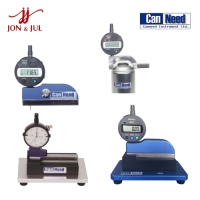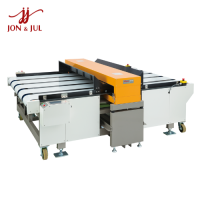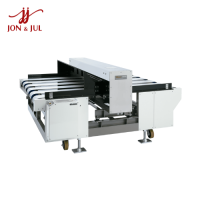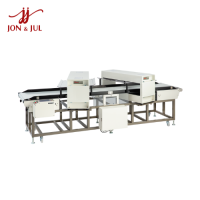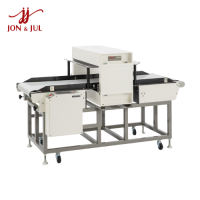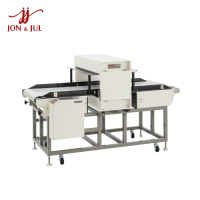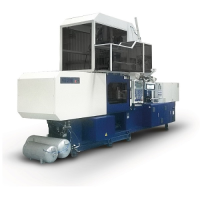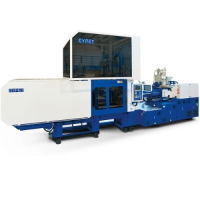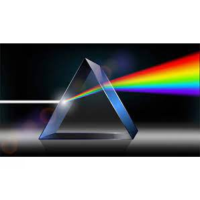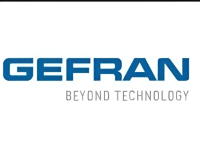What is a spectrometer, characteristics and types of spectra, rainbow, light wavelength, light temperature pressure
What is spectrum?
The spectrum is a rainbow-like range of colors captured on a screen when there is dispersion of light.
People often use the term spectroscopy to refer to the measurement of radiation intensity as a function of wavelength and is often used to describe experimental spectroscopic methods.
Spectral lines are bright or dark lines in a continuous and uniform spectrum, formed by the emission or absorption of light in a narrow frequency range compared to neighboring frequencies.
In some cases, the spectral lines are well separated and distinguished, but there are also cases where the spectral lines also overlap and it is the result of a unique transition if the density of energy states is high. high enough quantity.
Spectroscopic measuring devices are called spectrophotometers, spectrophotometers, or spectrum analyzers.
Some typical spectrum analysis techniques:
- XRF fluorescence spectroscopy.
- Ultraviolet-visible UV-VIS spectroscopy.
- OES arc emission spectroscopy
- ICP-OES Atomic Emission Spectroscopy
- Infrared spectrum
- RAMAN spectroscopy
What is a spectrophotometer?

One of the devices used to analyze and test chemicals widely used in education, laboratories, industry, environment, pharmaceuticals...
It's a spectrophotometer. A spectrometer is an instrument used to analyze light beams with many complex components into different monochromatic light. That purpose is to obtain information about the composition, properties or status of the material blocks related to that light beam.
The principle of the spectrophotometer is due to the phenomenon of light reflection, the incident light source is white light consisting of monochromatic light rays with different wavelengths from red to purple that shine on the object to be observed.
Then, whatever color the light ray is reflected back to the human eye, the observer will see that color. What are the applications of a spectrophotometer? Spectrophotometers have many applications in life.
We can see some applications of spectrophotometers through the benefits it brings as follows: Resource recycling: To recycle resources effectively, it is important to classify collected waste.
Restoration of works of art: Because it is a fast and non-destructive analysis method, an X-ray fluorescence spectrometer is used to carry out this operation.
Check for toxic elements: To ensure that materials used in electrical and electronic equipment and cars or children's toys do not contain toxic elements in concentrations exceeding the allowed standards.
Homogeneity of substances: From the homogeneity of the infrared spectra of two compound samples, it is possible to conclude the homogeneity of the nature of the two infrared samples with a fairly high level of accuracy. Determination of molecular structure: From frequency By the number of absorption spectral lines we can know the presence of functional groups in the molecule.
Identification of substances: Currently, people have published a number of collections of infrared spectra of substances and characteristic group frequencies. Quantitative analysis: Spectrophotometer allows the increase of signal/noise ratio to make Quantitative analysis is more accurate and therefore expands the scope of quantitative analysis.
See more industrial automation products
Spectrophotometer products of Anritsu brand
Jon & Jul is currently widely distributing ProtonProducts products in VietnamBrand name: ProtonProducts
Distributor: Jon&Jul Vietnam
Contact for consultation now: 0348097237
Email: tu@jon-jul.com
Warehouse Automation Jon & Jul











